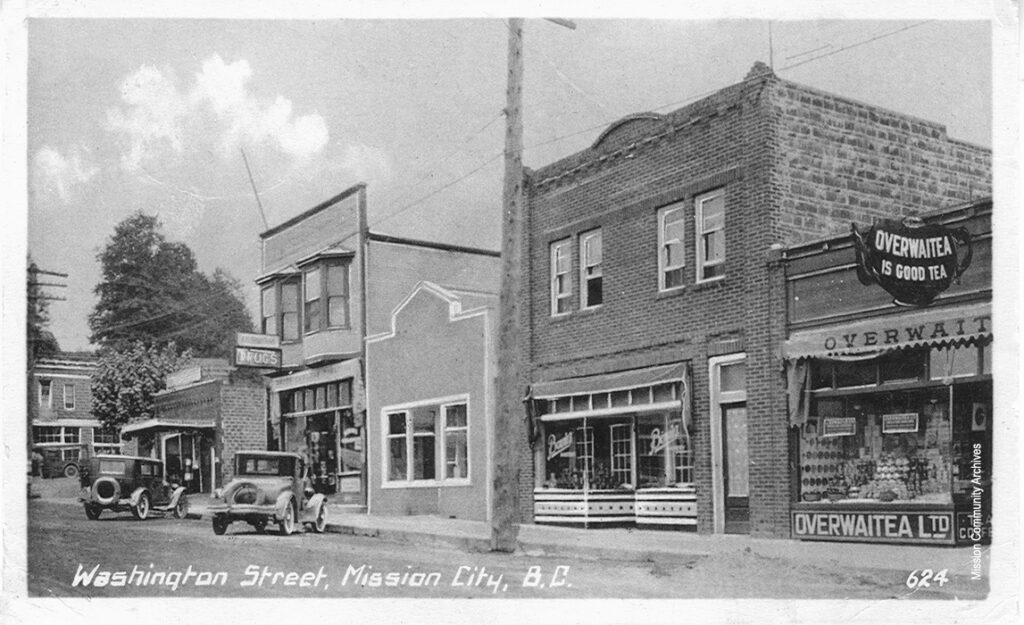
The Great Depression that started after the stock market crash of Black Tuesday, October 29, 1929, would forever change the course of world, Canadian, and Mission history. The Great Depression made its effects felt everywhere over the next decade, but it was far from an even and instant distribution of suffering and desolation. Far from the age of instantaneous transfer of information, the effects and fallout from the Great Depression took their time coming to affect residents in the Fraser Valley.
Largely agricultural, communities like Mission could rely on its own products to sustain themselves in difficult times and were not completely sunk by the plummeting cost of certain goods. Yet places like Mission were not isolated from the rest of Canada’s sufferers. Connected by rail, many of those whose livelihoods had been affected by the Great Depression “rode the rod” and moved in search of work anywhere they might be able to find it. Sometimes those suffering would hop on train cars simply in search of warmer places to try and find solitude, rather than face the unforgiving prairie winters. Some even set up clusters of tiny shacks set up in bushes near the rail line in what Missionites at the time dubbed the “hobo jungle.” Places in the prairies were stricken with the horrible dust bowls and economic downturn that forced many to leave their homes with little to no hope of being able to survive where they had lived. It is no surprise we see the drops in population in many of the places most affected by the Great Depression. Mission was quite the different story, seeing a rather steady growth in population through the entirety of the difficult decade, starting in 1929 with an approximate population of 1000, and growing to 1500 by 1939. A population growth of 50%. For contrast, Metro Vancouver over the same period went from a population of approximately 340,000 to 360,000, or a growth of 5.88%. Even with growing numbers of inhabitants, growing numbers of needy passing through, the community spirit in Mission and willingness to work toward efforts bigger than oneself helped make Mission’s experience in the Depression markedly better than many other places.
This is not to say that Mission was not without any hardships over the decade. However, if we take the national patterns of the Great Depression and assume that it was Mission’s expierence, we do not get the accurate picture of how local conditions affected peoples lived realties. There are many avenues by which one can try and understand aspects of the Great Depression, from the individual, to the society, different stories emerge from the history. By analyzing Mission from a bird’s eye view over the course of 1929-1939, the largest story coming from Mission during this time was one of growth and community. The major building projects that really physically tied the community together; Municipal Hall, Ruskin Dam, the Legion Hall, and the Post Office demonstrate a people willing to invest in the things that brought them together, to look after one another, and develop the means towards a better future.